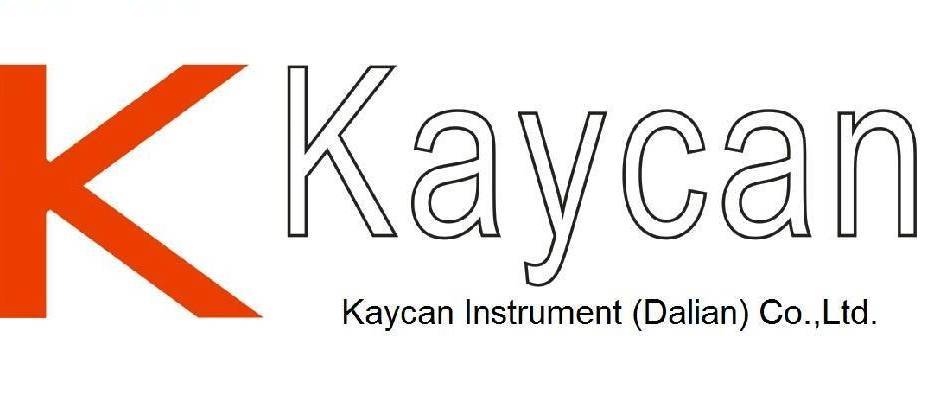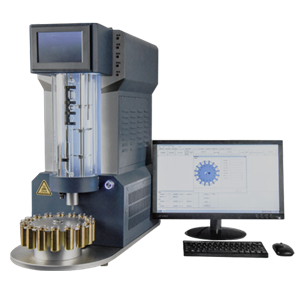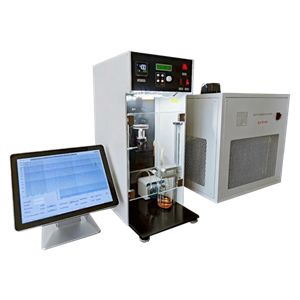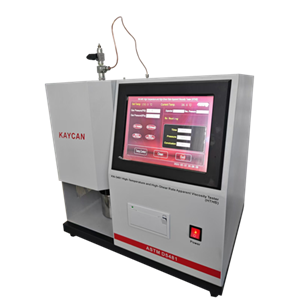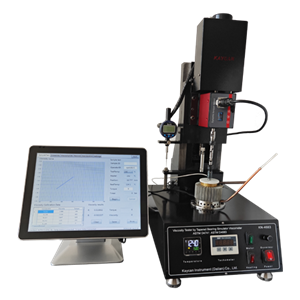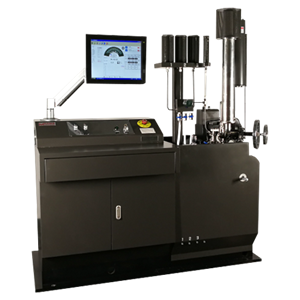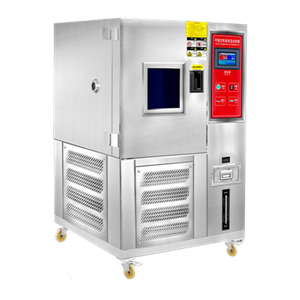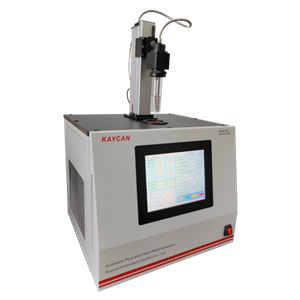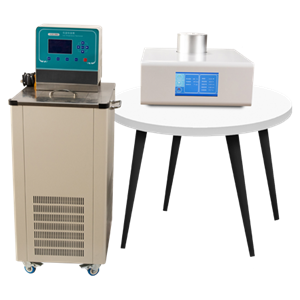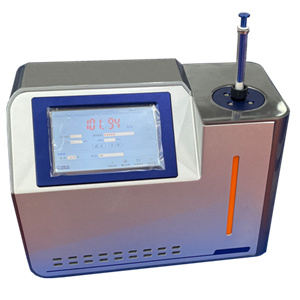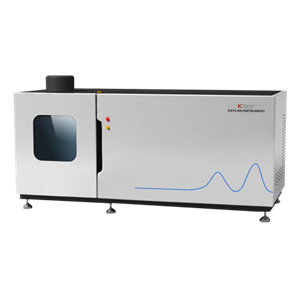-
KN-SC Integrated Sulfur Analyzer
It is applicable in the industry such as electrical power, coal, commerce inspection, environment protection, metallurgy, paper making, petrochemical, earth probe, and the research institution or quality inspecting organization to measure the sulfur content in the materials of coal, cinder, coke, catalyst, minerals, rock, and petrochemicals.
Send Email Details -
ASTM D611 Automatic Aniline Point And Mixed Aniline Point
The aniline point (or mixed aniline point) is useful as an aid in the characterization of pure hydrocarbons and in the analysis of hydrocarbon mixtures.
Send Email Details -
ASTM D613 Cetane Number of Diesel Fuel Oil
The cetane number of a diesel fuel oil is determined by comparing its combustion characteristics in a test engine with those for blends of reference fuels of known cetane number under standard operating conditions. This is accomplished using the bracketing handwheel procedure which varies the compression ratio (handwheel reading) for the sample and each of two bracketing reference fuels to obtain a specific ignition delay permitting interpolation of cetane number in terms of handwheel reading.
Send Email Details -
KN-40A Channel Point Tester for Gear Oil
KN-40A Channel Point Tester for Gear Oil conforms to FTMS-791B-3465.1 and SH/T 0030. It is used for determination of channel point of gear oil at low temperature. The test consists of storing an Oil sample for 18 hours at a low temperature, cutting a channel in the lubricants with a metal strip and determining whether the lubricants flow together to covet the bottom of the container within 10 seconds.
Send Email Details -
Full Automatic Pour and Cloud Point Tester
KN-9725 Automatic Pour and Cloud Point Tester developed for classic determination of cloud point (CP) and pour point (PP) of petroleum products according to ASTM D97, ASTM 2500, EN 23015, ISO 3015, ISO 3016, IP 15,. KN-9725 determines CP and PP in one test cycle with high precision in compare with manual methods. Unique integrated cooling system provides cooling of samples up to -80°С in a short time without any external chiller.
Send Email Details -
ASTM D4419 Low Temperature Differential Scanning Calorimeter
KN-4419 Low Temperature Differential Scanning Calorimeter conforms to ASTM D4419 Standard Test Method for Measurement of Transition Temperatures of Petroleum Waxes by Differential Scanning Calorimetry (DSC). DSC in a convenient and rapid method for determining the temperature limits within which a wax undergoes during transitions. The highest temperature transition is a solid-liquid transition associated with complete melting; it can guide the choice of wax storage and application temperatures. The solid-solid temperature transition is related to the properties of the solid, that is, hardness and blocking temperature.
Send Email Details -
ASTM D5191 Apparatus for Vapor Pressure of Petroleum Products(Mini Method)
KN-5191 Apparatus for Vapor Pressure of Petroleum Products (Mini Method) conforms to ASTM D5191 Standard Test Methods for Vapor Pressure of Petroleum Products (Mini Method). It is used to determine the total vapor pressure exerted in vacuum by air-containing, volatile, liquid petroleum products, including automotive spark-ignition fuels with or without oxygenates.
Send Email Details -
ASTM D4951 Additive Elements In Lubricating Oils By ICP AES
Additive packages are blends of individual additives, which can act as detergents, antioxidants, antiwear agents, and so forth. Many additives contain one or more elements covered by this test method. Additive package specifications are based,in part, on elemental composition. Lubricating oils are typically blends of additive packages, and their specifications are also determined, in part, by elemental composition. This test method can be used to determine if additive packages and unused lubricating oils meet specifications with respect to elemental composition.
Send Email Details
